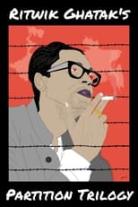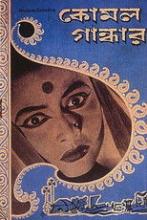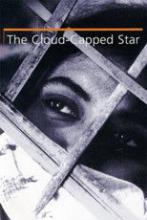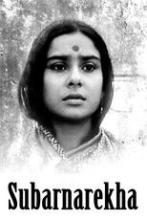
Partition Trilogy
Ritwik Ghatak was averse to the term “refugee problem”. In one of his interviews, he said, “I have tackled the refugee problem, as you have used the term, not as a ‘refugee’ problem. To me it was the division of a culture, and I was shocked”. This shock would give birth to a trilogy on the Partition – Meghe Dhaka Tara (The Cloud-Capped Star), 1960; Komal Gandhar (E-Flat), 1961; and Subarnarekha (The Golden Thread), 1962. In them, he highlighted the insecurity and anxiety engendered by the homelessness of the refugees of Bengal; tried to convey how Partition struck at the roots of Bengali culture; and sought to express the nostalgia and yearning that many Bengalis felt for their pre-Partition way of life.
A Soft Note on a Sharp Scale (1961)
30 March, 1961
Through the microcosmic perspectivising of a group of devoted and uncompromising IPTA workers, Ghatak with his signature style touches on varied issues of partition, idealism, corruption, the interdependence of art and life, the scope of art, and class-struggle.
The Cloud-Capped Star (1960)
13 April, 1960
A selfless young woman, the daughter of a middle-class refugee family from East Pakistan, sacrifices her own happiness for her unappreciative family.
The Golden Thread (1965)
01 October, 1965
After an old college friend offers him a job at an iron foundry, the upright and honest Ishwar leaves a shanty town on the outskirts of Calcutta where he lives with a group of refugees from East Bengal. With plans to forge a solid living for himself, sister Sita and Abhiram, an orphaned boy he offers a home to, Ishwar is accused of selling out and deserting his people.



